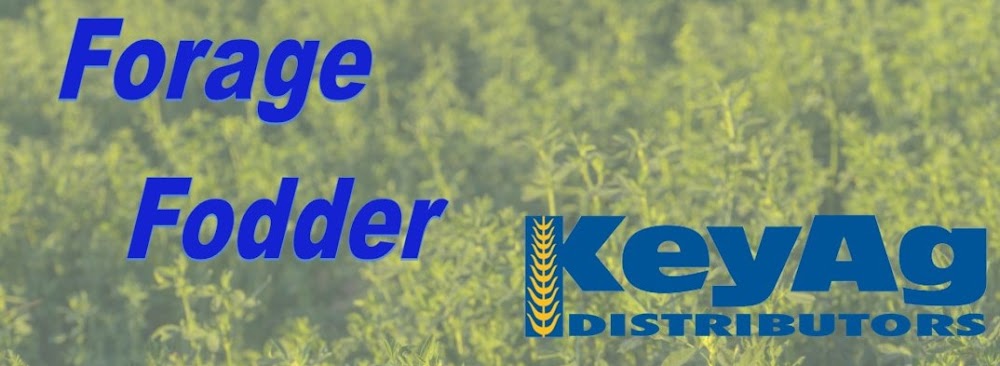Colorado—In the Jan. 25 report, compared to last report, trade activity light on moderate demand. Retail and stable hay sold mostly steady.
Missouri—In the Jan. 25 report, compared to last report, the supply of hay is light to moderate, demand is moderate, and prices mostly steady. A slight warm up following the latest ice and snow event along with some rain has provided a fair amount of moisture recently. Although only a slight improvement was shown on the latest drought monitor, several farmers are now dealing with significant mud. January was hard on hay piles and several farmers are now questioning if they have enough hay for the rest of feeding season or now or not. Road conditions are now making hay transportation possible again.
Nebraska—In the Jan. 25 report, compared to last report, grass hay sold steady. Ground and delivered hay and alfalfa pellets steady. Demand was mostly light to instances moderate on round and large squares with good demand for small square bales. Ho-hum on the hay market this month. Not really a lot of interest from prospective buyers as of now. Many sellers thought the snow would make a difference and buyers would be knocking the door down for a load of hay. That hasn’t been the case this year.
Oklahoma—In the Jan. 19 report, compared to the last report, demand remains low. Overall, total hay bought and sold was up a little, with most producers reporting that they are still not trading much hay, with most trades being to previous clients. Many producers anticipate not much movement over the next couple of weeks, even with the cold temperatures and winter storms. . Next report will be released Feb. 2.
Texas—In the Jan. 26 report, compared to the last report, hay prices are mostly steady. Trading activity was moderate to active on moderate to good buyer demand. Colder than average temperatures accompanied by rain and snow across the state the previous two weeks have increased hay demand as livestock producers were stocking up to feed over the cold snap. However, temperatures have warmed back up this week, closer to seasonal averages, so demand has slowed some from the past two weeks. Long-term outlooks for moisture are not as promising. Next report will be released Feb. 9.
South Dakota—In the Jan. 26 report, compared to last report, alfalfa hay steady to weak. Moderate demand for dairy quality alfalfa as low milk prices are pressuring margins for dairy operators causing them to cut cost where they can. Good demand for grass hay and for corn stalks. The arctic, below zero weather left the region and was replaced with temps in the 30s which is causing snow to melt and raising the dew points to where it’s persistently foggy. This has created very slick conditions of country roads and farm yards making it harder to load and ship hay. Warming temps for next week, into the 40s and even 50 degrees.
New Mexico—In the Nov. 24, 2023 report, compared to last report, alfalfa hay steady. Trade active, demand good. The the state is 73% complete with fifth cutting, 54% with sixth cutting. Most parts of the state are wrapping up harvest for the season. According to New Mexico Crop Progress report as of Nov. 12, 2023. Hay and roughage supplies improved slightly from the previous week but remained in worse condition than prior years. Hay and roughage supplies were observed to be 25% very short, 42% short, 30% adequate, and 3% surplus. At 14% very short, 37% short, 45% adequate, and 4% surplus, stock water supplies were on par with the 5-year average. This is the last report for the season, reports will resume in spring 2024.
Wyoming—In the Jan. 25 report, compared to last report, hay sold steady on a thin test. Demand was light. Most contacts still have ample tons of hay sitting in hay sheds, tarped or outside waiting for someone to call and purchase their inventory. Some locals continue to purchase some hay on a weekly basis. With the sell off beef cows across the state the last couple of years has taken many mouths off the winter feeding needs so cattlemen haven’t needed much hay to buy. Every year has been different and this one is rather odd in the limited hay that has been sold from the 2023 hay crop.
Montana—In the Jan. 26 report, compared to last report, hay sold generally steady. Hay sales were light again this week. Extreme cold retreated and warmer weather was seen across much of the state. Hay usage was high for the last couple weeks, however warmer milder temps allowed for snow to melt in many locations and many cows remain out on winter pasture. Rancher to rancher sales continue to comprise most of the hay sales across the state. Large hay producers have seen more interest after lowering asking prices the last few weeks. Most producers say buyers show the most interest when delivered prices are around $150/ton. Most buying this week was seen in far western Montana where drought concerns are taking hold. Snow pack has been well below normal across much of the state. Some producers are content to carry over hay if they have the wherewithal to do so. Demand for straw is light as heavy straw supplies continue to be seen especially in the northern portion of the state. Asking prices for straw are running $40-$50/ton for many producers, however limited movement has been seen.


No comments:
Post a Comment